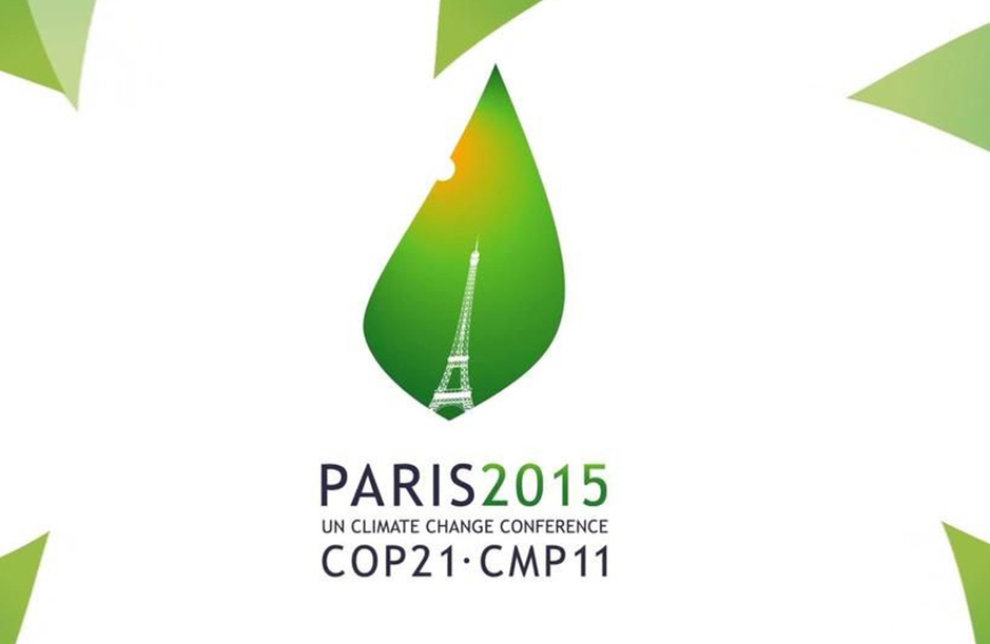What the climate agreement means for aviation: Climate Change Platforms
The Paris Agreement includes a pledge to limit CO2 emissions. In addition to this, most ICAO (International Civil Aviation Organization) participating countries have made explicit agreements to halve the CO2 emissions from aircraft by 2050 in comparison with 2005. From 2020, airlines’ growth must be carbon neutral – initially on a voluntary basis.

Targets for more sustainable aviation
The majority of the aviation sector is working to meet the international targets agreed by the ICAO. One of the key agreements is that, as of 2020, airlines’ growth must be carbon neutral – this will initially be brought in as a voluntary measure. To ensure that the ICAO has the right insight into global CO2 emissions, from 2019 all airlines in participating countries will report their emissions to the ICAO. The Ministry of Infrastructure and Water Management also submits the State Action Plan to the ICAO.
The Paris Agreement’s objectives translate to the Netherlands in two ways – a 49% CO2 reduction in 2030 compared to 1990, followed by 95% by 2050. These objectives have been laid out in the (Dutch) Climate Act. The objectives were worked out at Climate Tables for various sectors, including aviation.
The Dutch aviation sector published its ambitions and objectives in the Sustainable Aviation Draft Agreement in March 2019. The agreement will be final as soon as the government publishes the Aviation Policy Document.